What are the different types of frost?
by Scott Dutfield · 21/01/2020
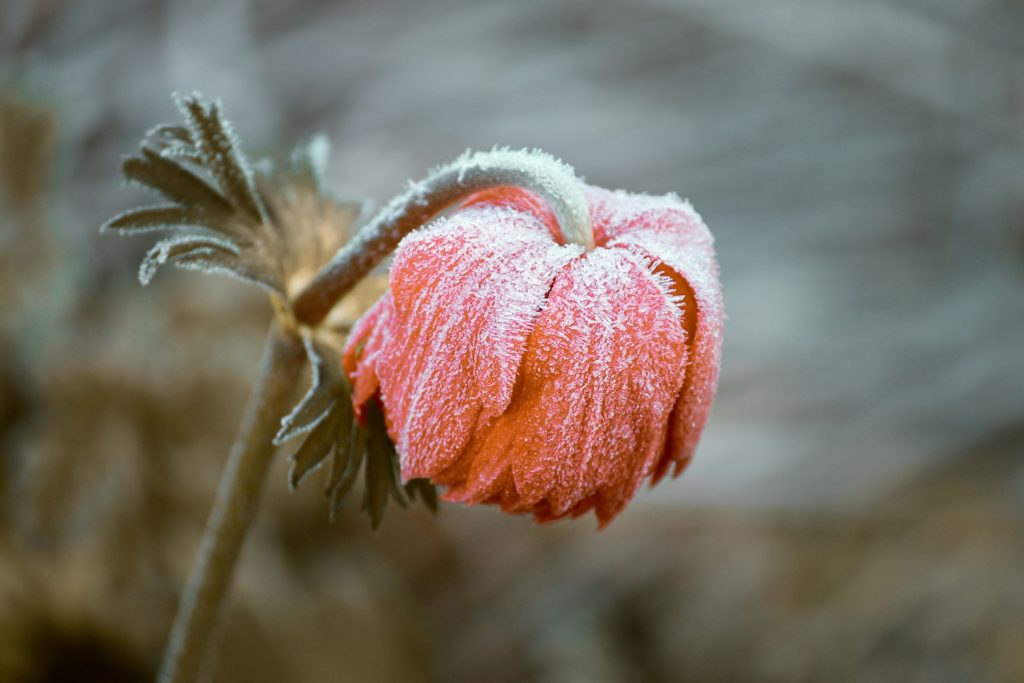
From ground, air and hoar frost to the subtle differences between rime and glaze
Ground frost
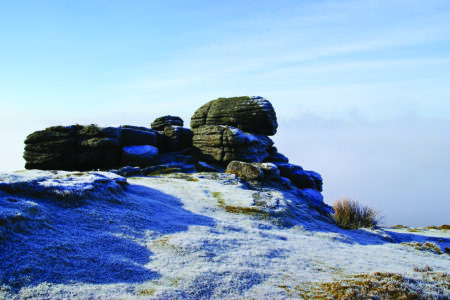
Image credit: herbythyme
When the surface of the ground, objects or trees has a temperature below zero degrees Celsius, (the freezing point of water), and the surface cools quicker than the air, ice forms on this surface. When this occurs, the ice is known
as ground frost.
Air frost
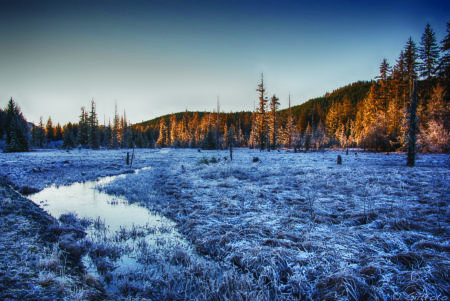
Image credit: gillfoto
When air temperature falls to or below the freezing point of water, air frost occurs. The air must be this temperature at a height of at least 1.25 metres above the ground in order for the ice
particles to be considered air frost.
Hoar frost
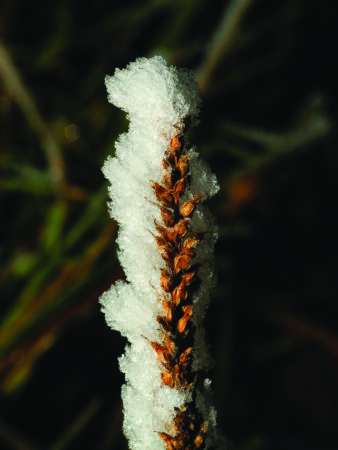
Image credit: Thomas Bresson
When dew forms and then freezes on a surface with a temperature of or below freezing, a white frost consisting of blobs of ice occurs. When surface temperature reaches freezing before dew has started to form, a feathery type of hoar frost occurs.
NOT FROST...
Rime
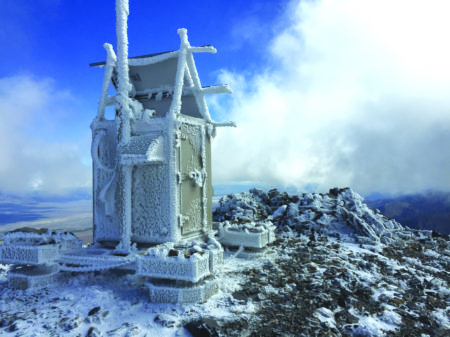
When below-freezing water droplets in fog come into contact with a surface that is also below freezing, they freeze almost immediately and form white, opaque, granular deposits of ice crystals.
Glaze
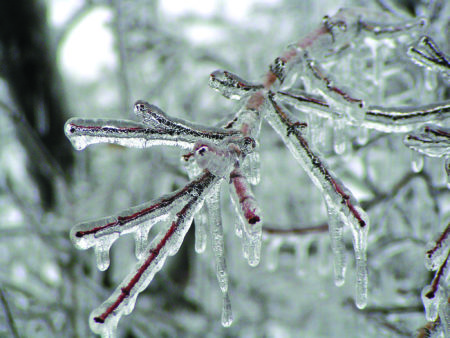
When super-cooled rain, drizzle or fog droplets come into contact with a surface at or below freezing point, the water accumulates and covers the surface, freezing relatively slowly to produce a clear ice coating.
This article was originally published in How It Works issue 103, written by Sarah Bankes
For more science and technology articles, pick up the latest copy of How It Works from all good retailers or from our website now. If you have a tablet or smartphone, you can also download the digital version onto your iOS or Android device. To make sure you never miss an issue of How It Works magazine, subscribe today!





